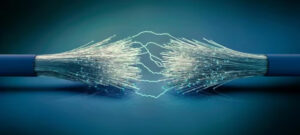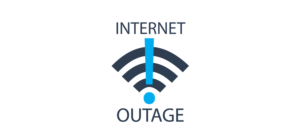When it comes to transmitting data and information, two popular options are fiber optic cables and coaxial cables. Both of these cables have their own unique features and advantages, but they differ in terms of speed and performance.
Fiber optic cables are made of thin strands of glass or plastic that transmit data using light signals. These cables are known for their incredible speed and bandwidth capabilities. Unlike coaxial cables, fiber optic cables do not suffer from signal loss over long distances, making them ideal for high-speed internet connections and long-distance transmissions.
Coaxial cables, on the other hand, consist of a central conductor surrounded by insulation and a metallic shield. These cables are widely used for transmitting cable television signals and internet connections. Coaxial cables have been around for decades and have proven to be reliable and cost-effective.
When it comes to speed, fiber optic cables have a significant advantage over coaxial cables. Fiber optic cables can transmit data at the speed of light, which is much faster than the electrical signals used by coaxial cables. This results in faster internet speeds and more efficient data transmission.
Another difference between fiber optic cables and coaxial cables is their bandwidth capabilities. Fiber optic cables have a much higher bandwidth capacity compared to coaxial cables. This means that fiber optic cables can handle a larger volume of data and transmit it at higher speeds. Coaxial cables, on the other hand, have a limited bandwidth capacity, which can lead to slower internet speeds and reduced performance.
In terms of performance, fiber optic cables are also more reliable than coaxial cables. Fiber optic cables are immune to electromagnetic interference, which can cause signal loss and degradation in coaxial cables. This makes fiber optic cables more suitable for environments with high levels of electromagnetic interference, such as industrial settings or areas with heavy electrical equipment.
Despite their advantages, fiber optic cables are generally more expensive to install and maintain compared to coaxial cables. This is one of the reasons why coaxial cables are still widely used, especially in residential areas where high-speed internet is not a priority.
In conclusion, fiber optic cables and coaxial cables have their own strengths and weaknesses. Fiber optic cables offer incredible speed, high bandwidth capacity, and reliability, making them ideal for high-speed internet connections and long-distance transmissions. Coaxial cables, on the other hand, are more cost-effective and still widely used for transmitting cable television signals and internet connections. Ultimately, the choice between fiber optic cables and coaxial cables depends on the specific needs and requirements of the user.






